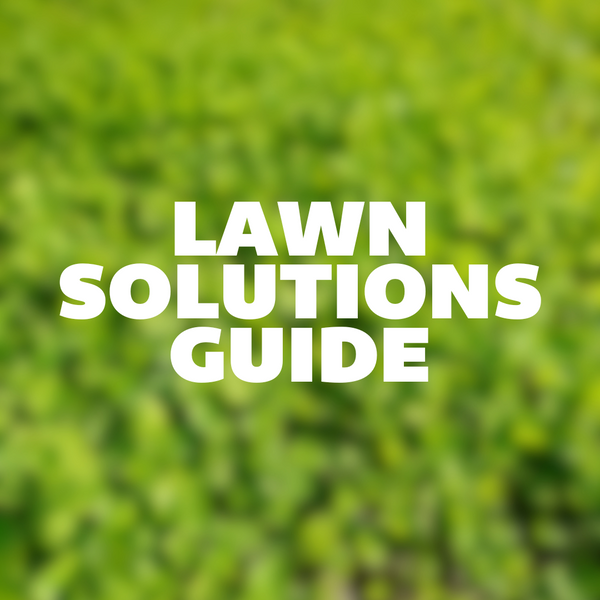Growing
Ideal pH: 5.-6.5. Leeks have short roots, so the benefit from fertile soil with lots of compost and ½ cup balanced organic fertilizer worked in beneath each 2m (6′) of row. Traditional garden wisdom recommends using a dibber to make holes 15cm (6″) deep. Transplants are then set at the bottom of the hole and the hole is left unfilled – rain will fill it in as the leek grows. To blanch further up the stem, hill soil up around the stem as the leek grows, or mulch with straw.
However, the wise and much loved garden writer Linda Gilkeson asserts that there is no need to plant leeks into holes or trenches. She recommends transplanting the seedlings only at the depth of the soil plug they grow in. They will still produce nice, tall, blanched shanks, with no soil grains between the leaves.
In late fall, mulch around leeks as high up the stems as possible. If the forecast is for weather below -10° (14°Ï‚ cover them with a blanket or tarp.
Days to maturity: From transplant date.

























